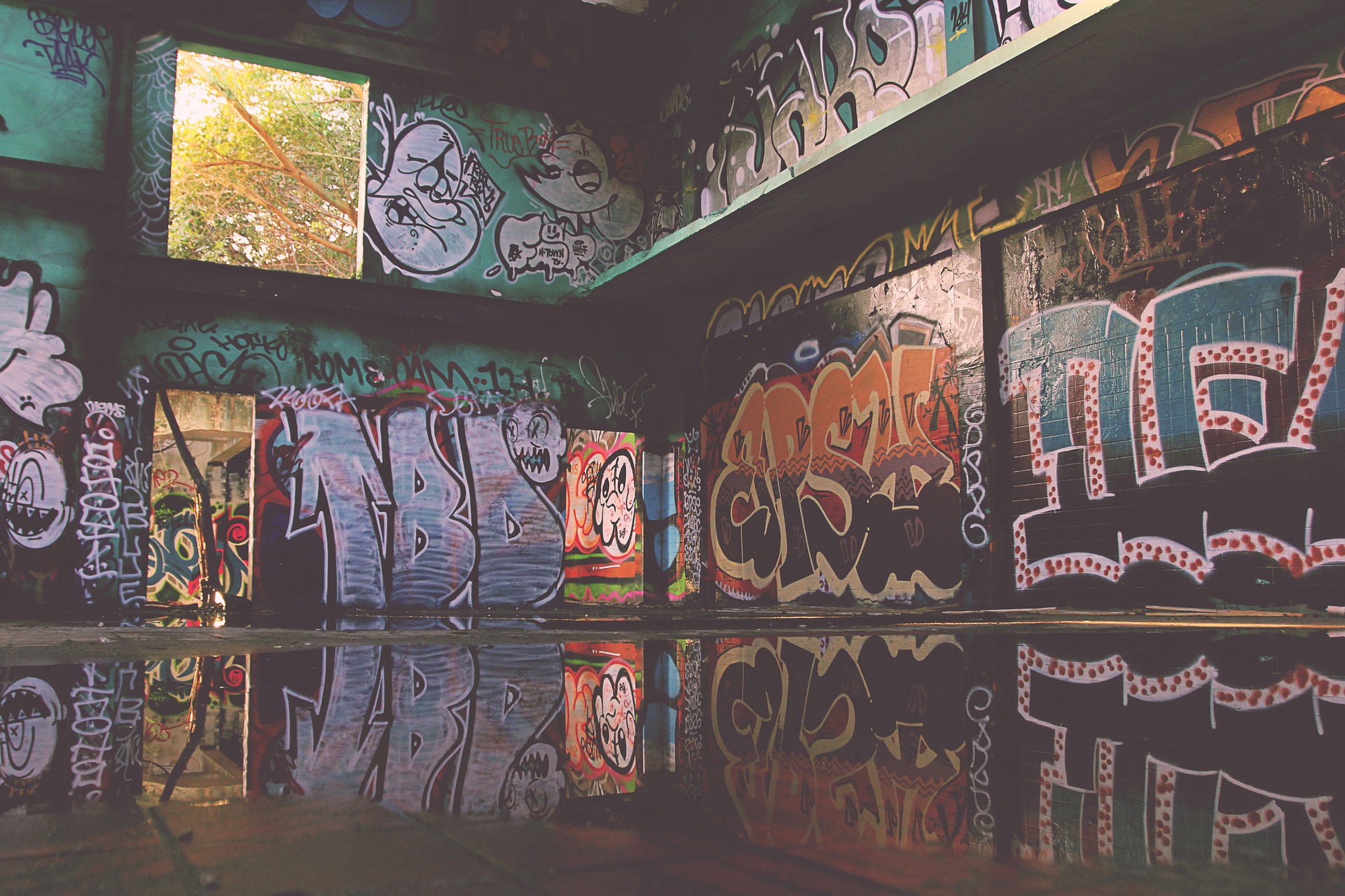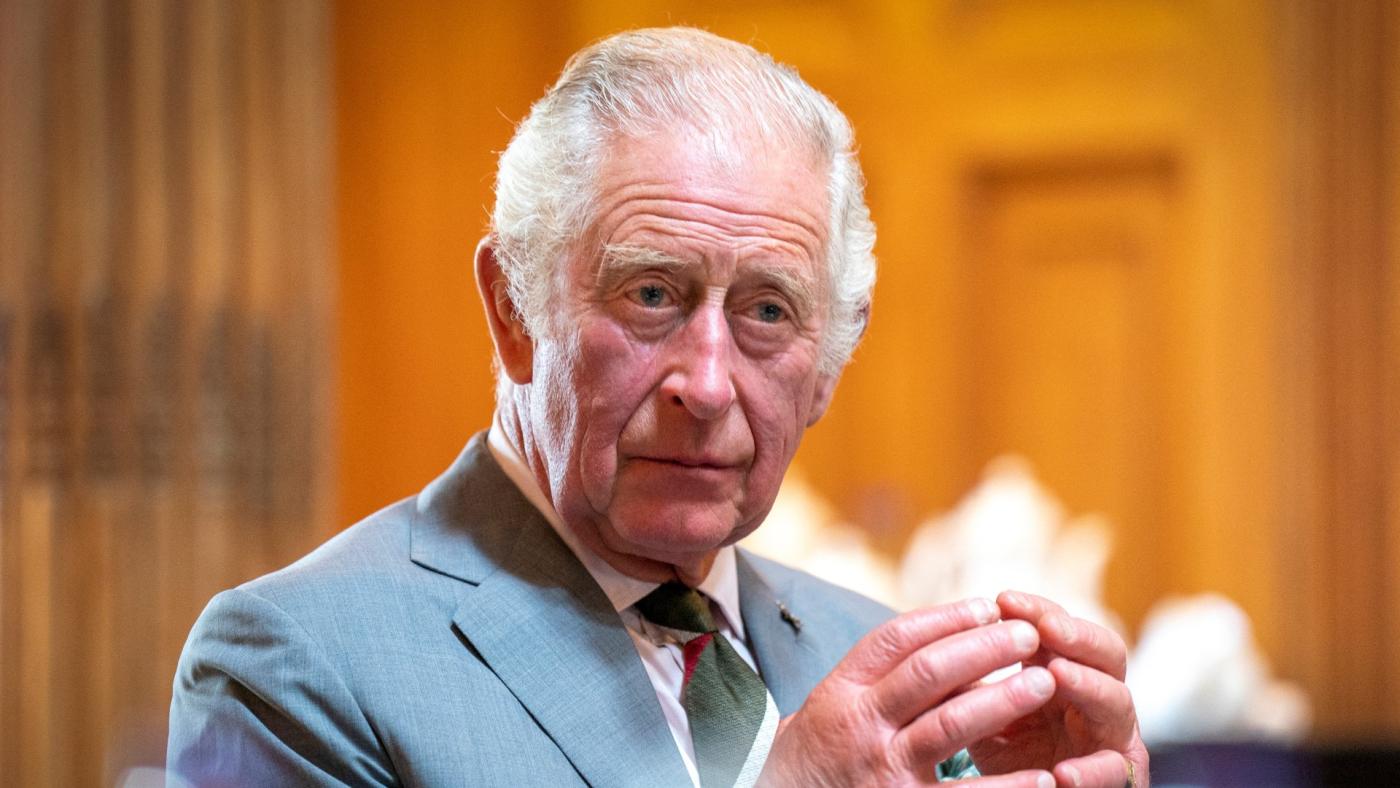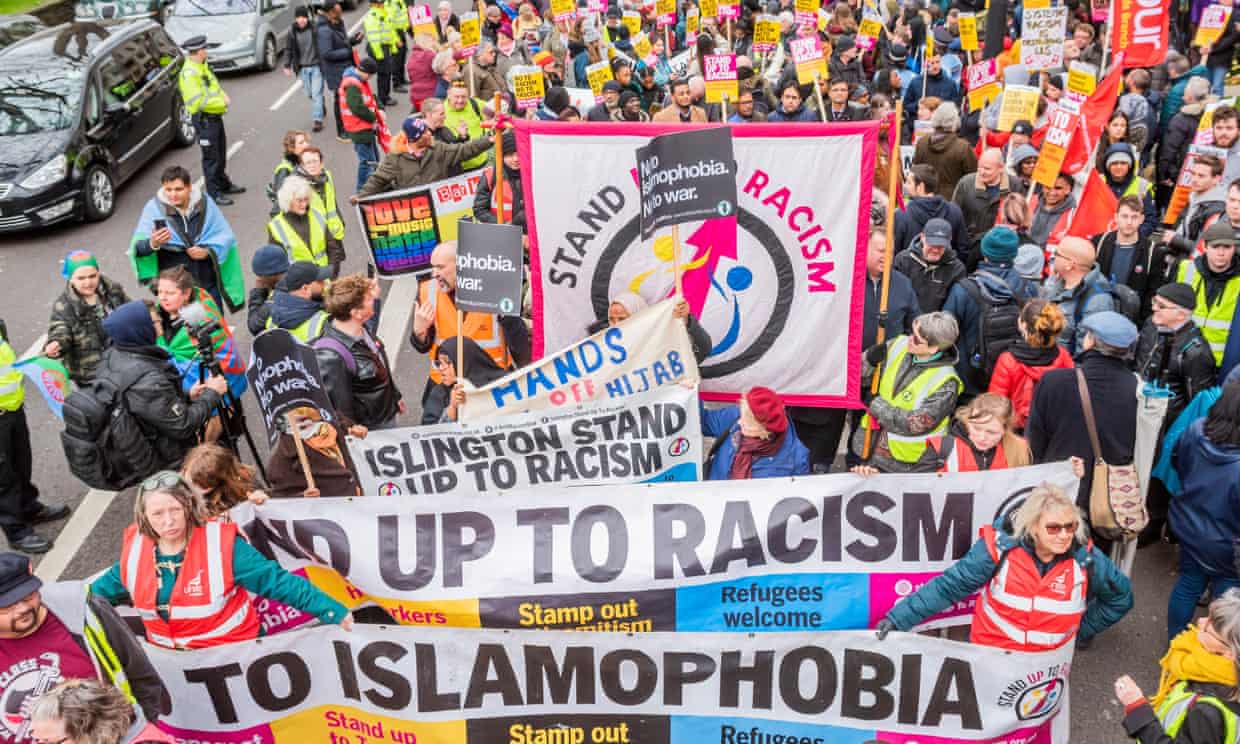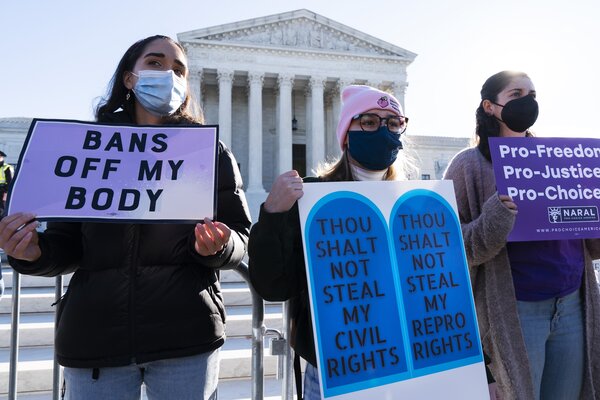Onur looks intently at the photomontage. From all the famous news images, he picks one: New York’s World Trade Center aflame. “Did you know that the Jews were warned before to get out?” he whispers. “I read it on the Internet.”
Onur, 15, and his classmates are participating in a week-long educational program at the Wannsee House Memorial and Educational Centre in Berlin, the site where Nazi leaders in 1942 worked out their genocidal plan for the Jews. The Wannsee House is one of many institutions in Germany today trying to counter anti-Semitism and Holocaust denial, particularly among Muslim youths. Teachers across Germany say they face a special challenge from those of immigrant backgrounds, most of whom are Muslims. Disenfranchised from the mainstream, many of these students echo anti-Semitic attitudes heard at home, trade schoolyard insults about Jews or express Holocaust denial, testing German taboos. “There is a problem, but you cannot quantify it,” said Micha Brumlik, professor of pedagogy at the Johann Wolfgang Goethe-University in Frankfurt. “I have heard so many teachers say that when they have eyewitnesses of the Holocaust at their schools, parents excuse their children and say they are sick. And the same happens when classes are going to visit the information center at Berlin’s Holocaust memorial or Jewish museums.”
To be sure, Germany’s problems with far-right groups are bigger than those with Muslim youths, few of whom are criminals or extremists. However Germany, burdened by its Nazi past, is keen on combating anti-Semitic tendencies in all segments of society. Muslims are the country’s largest minority — 3.2 million out of 82 million, mostly of Turkish background. Recent years have seen a proliferation of programs designed to reach them. Teachers sometimes take the initiative.
Ulrike Boehnke, who teaches in Berlin public schools, has instituted her own zero-tolerance policy.
“One of my kids was not allowed by his parents to go on a trip to Sachsenhausen,” the memorial at the former concentration camp outside Berlin, she recalled. “But I took the kid anyway. I have pushed, despite the rejection by Turkish parents. And most kids are really affected by the visit.” Berlin artist Thomas Schliesser recently took a group of preteens from the Hans Fallada School to a street in their neighborhood as part of a program with the Trialogue interfaith project of the Herbert Quandt Foundation and the Neukolln Artists Association. Placing a large sheet of white paper on the cobblestone sidewalk, he taught the children how to make a charcoal rubbing. When they were finished, they saw not only the impressions of stones, but a small square plaque, one of Berlin’s so-called “stumbling block” memorials. It bore the name of Jewish resistance fighter Olga Benario, and her dates of birth and deportation to the Ravensbrueck concentration camp.






